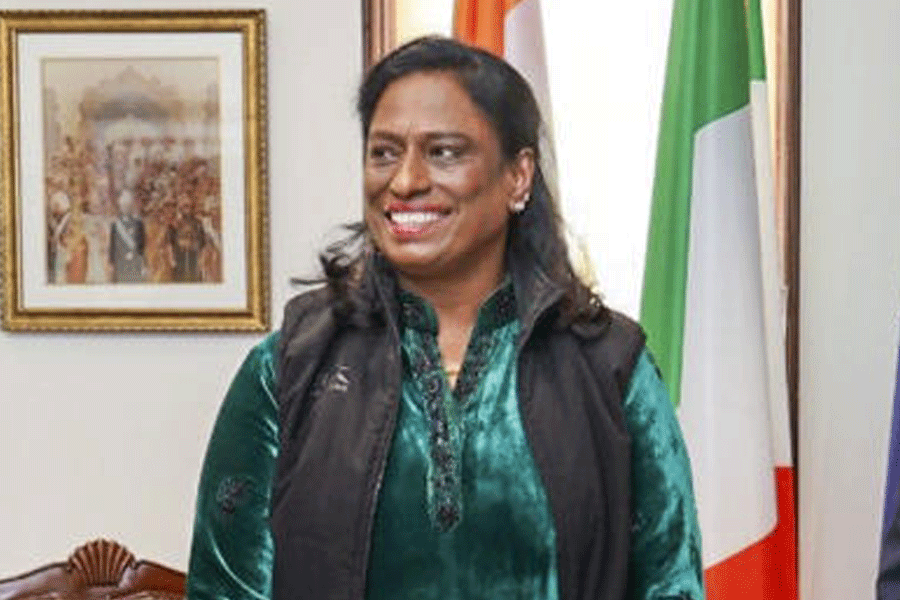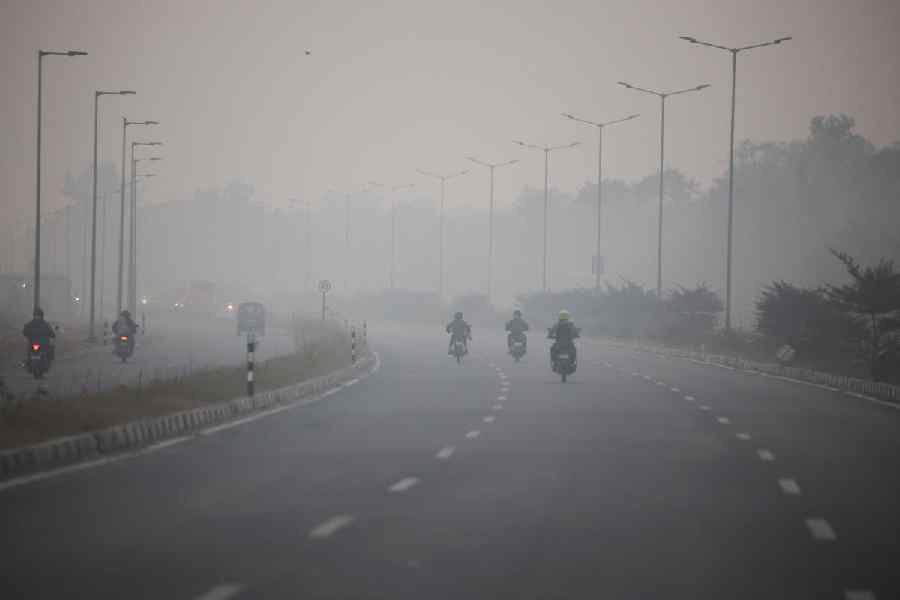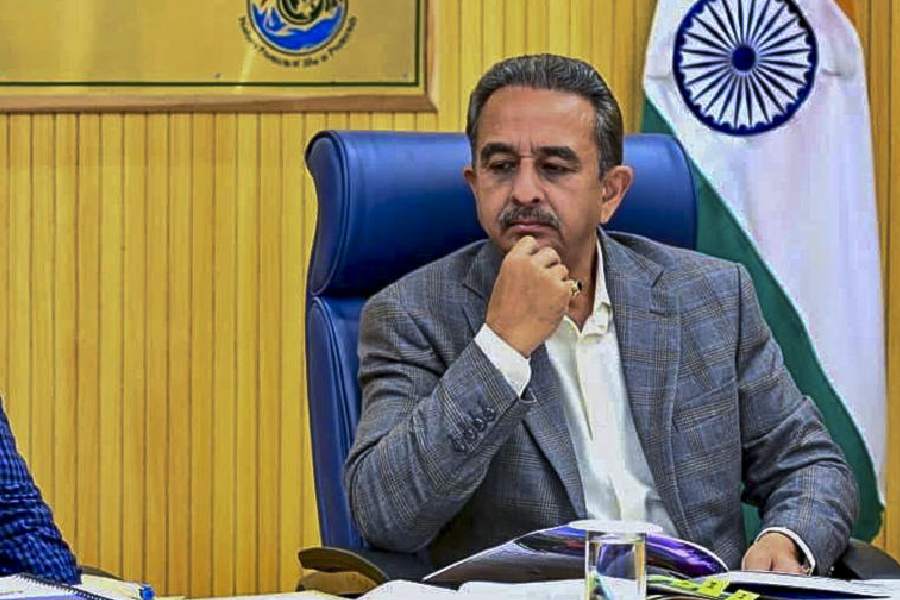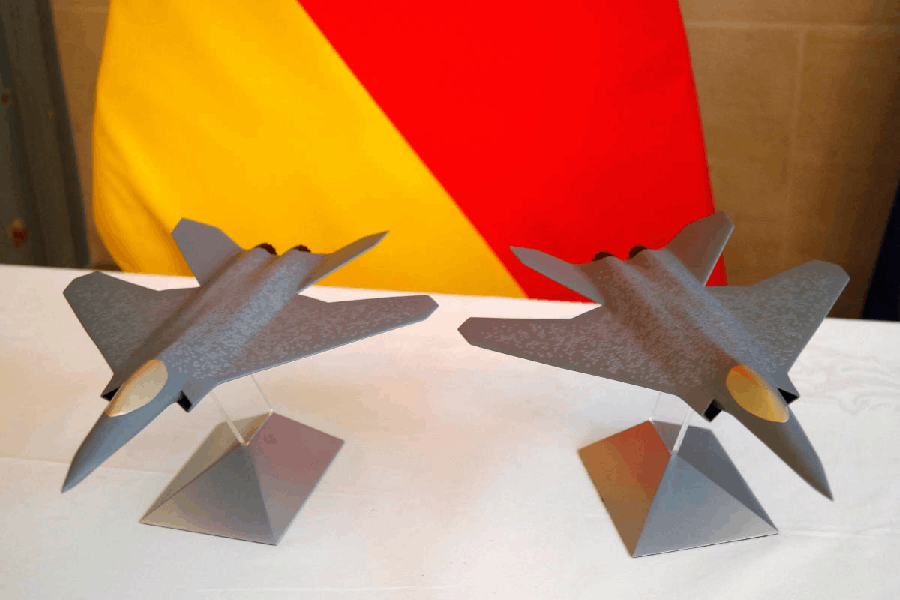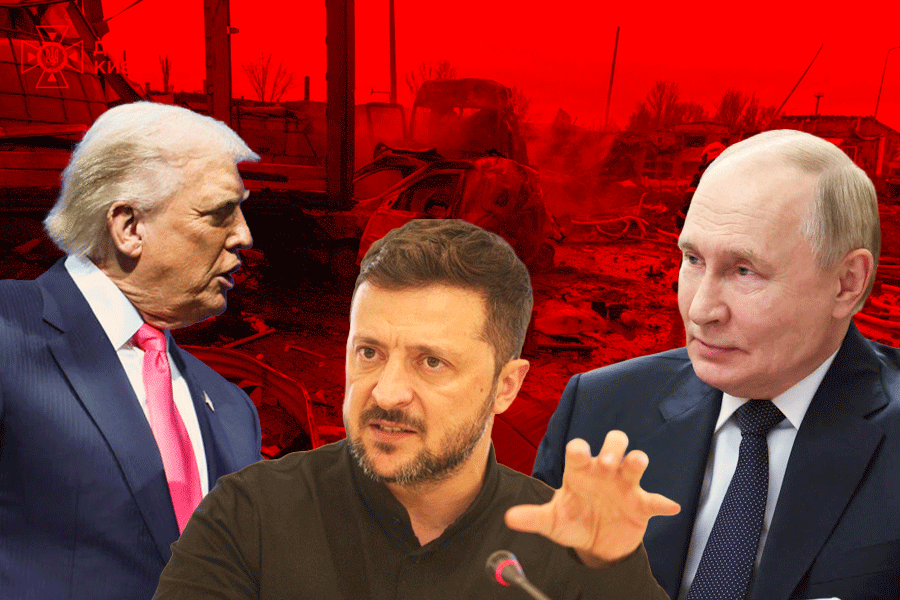New Delhi, Dec. 2: On April 5, 1964, Jigmie Dorji, then Bhutanese Prime Minister, was in a pleasant mood. The new Indian envoy, then known as the political officer, had just left after a meeting with him and Dorji had no inkling of danger as he sat in a guesthouse, chatting with family and friends.
The loud bang came just as he was lighting a cigarette.
Had the lighter exploded? As the stupefied gathering gazed at the blood oozing out of Dorji’s body, it took them some time to notice the blood-soaked bullet on the table.
By then, whoever had fired the shot from the window had jumped off the verandah and disappeared.
Dorji died within hours. The bullet had bored into his body from the right side, just below the ribs, and come out below the lungs on the left.
It was the beginning of a series of dramatic events involving the Bhutan palace, a political family and a military chief, with India playing a key adviser’s role and at one point contemplating parachuting troops into the kingdom. If carried out, the move could have invited retaliation from China, whom many suspected to have a role in the assassination.
For decades, though, accounts of the events lay tucked inside the ministry of external affairs’ files, which were recently declassified and transferred to the National Archives.
Two Indians who watched the events from close and sometimes took part in them were political officer Avtaar Singh and the first ever commander of the Indian forces in Bhutan, Brigadier B.N. Upadhyay.
The alleged assassin, Zambay, was arrested three days after the murder. He apparently confessed that Bhutan’s deputy commander-in-chief, Brigadier Namgyal Bahadur, had ordered him to kill the Prime Minister.
While all of this was going on, the then King, Jigme Dorji Wangchuck, was away in Switzerland, being treated for a chronic heart ailment.
The 36-year-old king did not know that Zambay had named Brigadier Bahadur. He sent a telegram from Switzerland saying that in his absence, the country’s administration should be handled by the assassinated Prime Minister’s younger brother, Lhendup Dorji, and the brigadier.
On April 9, the king arrived in Calcutta and two days later, flew to Thimphu. Brigadier Bahadur, unaware that he had been named in Dorji’s murder, waited at the helipad to welcome the king home.
“Late in the morning, two helicopters came at a very high level, flew over the Thimphu helipad and went on towards the palace. Sometime later, one helicopter came back and landed at the helipad,” political officer Avtaar Singh wrote in a dispatch to the external affairs ministry on May 5.
The man who stepped out of the chopper was former political officer Apa Pant, probably sent by New Delhi because of his experience.
“Shri Apa Pant... came out of the helicopter and very secretly told the commissioner of Thimphu that (the) king had landed at the palace,” wrote Avtaar, who was in Bhutan for the first time.
He continued: “In (a) station wagon, Apa Pant told the political officer (Avtaar himself) that the assassin Zambay had accused the deputy commander-in-chief and 14 others as well as Yankie, the king’s mistress, of Jigmie Dorji’s assassination.”
Records of Zambay’s written confession, though, do not corroborate the last bit about Yankie.
The next day, an Indian helicopter brought Lhendup Dorji to the palace from somewhere in Bhutan. He left after a closed-door meeting.
By now, Brigadier Bahadur, still in the dark about Zambay’s arrest, was getting nervous. He asked Brigadier Upadhyay about the helicopter that had ferried Lhendup in, but the Indian officer was unable to provide any information.
“This aroused further suspicions in the mind of Namgyal Bahadur,” Avtaar wrote. The political officer learnt that Lhendup had advised the king to send forces from the palace and reinforcements from Namseling, the Dorjis’ native place, the following day to arrest Brigadier Bahadur.
“This seemed completely stupid to the political officer and Brigadier Upadhyay, because there were only 200 men in the Palace Guards and about 50 men at Namseling compared to a fighting force of over 1,000 in the Thimphu garrison,” Avtaar wrote in his dispatch.
Then Indian foreign secretary Y.D. Gundevia, in his “Notes on Bhutan” written on May 2 that year, backed this viewpoint.
“If the garrison had been really provoked by this young, hot-headed and immature Lhendup Dorji, the Dorjis might well have been wiped off the history of Bhutan for ever,” Gundevia noted.
Brigadier Upadhyay rushed to see the king and suggested an alternative. The king agreed.
“Brigadier Upadhyay advised him to call all the officers and other ranks to the parade ground for ‘a talk by His Majesty’ and told him that when the officers and other ranks go there, he himself, with his Indian officers and other ranks, would arrange to take over the armoury and ammunition dump,” Avtaar wrote.
When Brigadier Upadhyay returned, he was accosted by Brigadier Bahadur about his visit to the king. The Indian “gave him a plausible account of a courtesy call”. The climax came on April 13.
“On the crucial April 13 morning, according to plan, the king sent for... Namgyal Bahadur. (Brigadier Bahadur) told Upadhyay that he had no transport. The brigadier gave him his own jeep and sent him to the palace. Brigadier Upadhyay was casually dressed in civilian clothes that morning,” Gundevia wrote.
A total of 39 army officers, including Brigadier Bahadur, were arrested and paraded in front of the ranks with their hands tied at the back. A blackout on the airwaves, under the king’s orders, meant the news could not reach India. New Delhi feared the worst.
“On April 13, when we were, quite unexpectedly, pushed into this, we seemed to be taking contrary decisions,” Gundevia wrote.
“To begin with, it was felt that we could parachute a battalion into Thimphu, which would be supported by more troops transported by road from Hashimara. We had debated that if we were forced to do this, this might provoke the Chinese into crossing the Bhutan border from Chumbi valley.”
Brigadier Bahadur was executed by a firing squad on May 17. One of the key accused, Bachu Wangdi, died on May 8 after, according to the Bhutan authorities, making a complete confession on April 26 and attempting suicide the following day. Zambay was executed by a firing squad on July 4.
Open and shut case? Gundevia didn’t think so. The suggested motives for Brigadier Bahadur — from his fears about Dorji sidelining the military old guard to a dispute over army trucks — perhaps didn’t sound adequate.
“But what was the motive for the murder? We will perhaps never know the whole truth,” Gundevia wrote.
“The Dorjis of Namseling, or rather Lhendup Dorji personally, is trying to make out that the king’s stepmother and his half brother and also the king’s Tibetan mistress Yankie were behind the assassination because they were jealous of the power of the Dorjis. The king is reluctant to accept this.”
Almost thinking aloud, he continued: “The only thing definitely known is that the late Prime Minister and the Dorji family at Namseling were against the king’s stepmother and half brother. Jigmie had also annoyed the Tibetan woman, Yankie, over her unauthorised use of some trucks. The mistress is said to have been planted on the king by the stepmother, which was looked upon as an anti-Dorji move since the Queen, Kesang La, is a Dorji, Jigmie’s sister.”
A few groups in Bhutan tried to peddle the theory that the Chinese were involved. What fuelled these rumours were the suspicions of Yankie’s involvement.
Yankie was a Tibetan but her family had migrated to Bhutan a few generations earlier. The Statesman of Calcutta carried a report under the byline of Desmond Doig that year, claiming the Chinese had a hand in the assassination.
Referring to the report, the Bhutanese court that convicted Brigadier Bahadur noted: “There is no evidence at all that any foreign power was in any way involved.... The full and the entire responsibility for this plot belongs to these accused and only to them.”
Many Indian diplomats too maintain that the Chinese were not involved.
“It was a complicated case, but it had nothing to do with the Chinese. It was an internal matter of Bhutan,” Dilip Mehta, a former ambassador to Bhutan, told The Telegraph.
Correction appended
An earlier version of this article had carried a picture mistakenly identifying it as that of the Thimphu palace. The Royal Bhutan Consulate General has informed The Telegraph that the picture was not that of the Royal Palace of Thimphu. We apologise for the mistake


